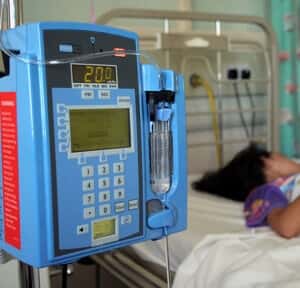
The next time you have to go to the hospital you may want to ask how they clean their rooms. That’s because there is a worrisome lack of data about the best cleaning techniques for patients’ rooms.
Health care-acquired infections remain a serious problem. It is estimated that over 100,000 people die each year as a result of infections they caught during a stay in the hospital.
Where Are the Germs?
Germs can linger on floors, light switches, call buttons, counters, toilets, bed rails, tray tables, TV remotes, door knobs and hospital equipment. It is estimated that only about 50 percent of these surfaces are disinfected during normal cleaning. When there is a shortage of beds, there may be pressure to clean more quickly and less thoroughly.
An analysis of five randomized, controlled trials revealed a lack of consensus about the best practices for eradicating dangerous microbes like C. difficile or MRSA.
An accompanying editorial notes: “Reducing transmission of multidrug-resistant organisms and Clostridium difficile in hospitals is a critical priority.” It appears, though, that more research is needed on how best to achieve that and reduce the risk of infections being transmitted between patients.

